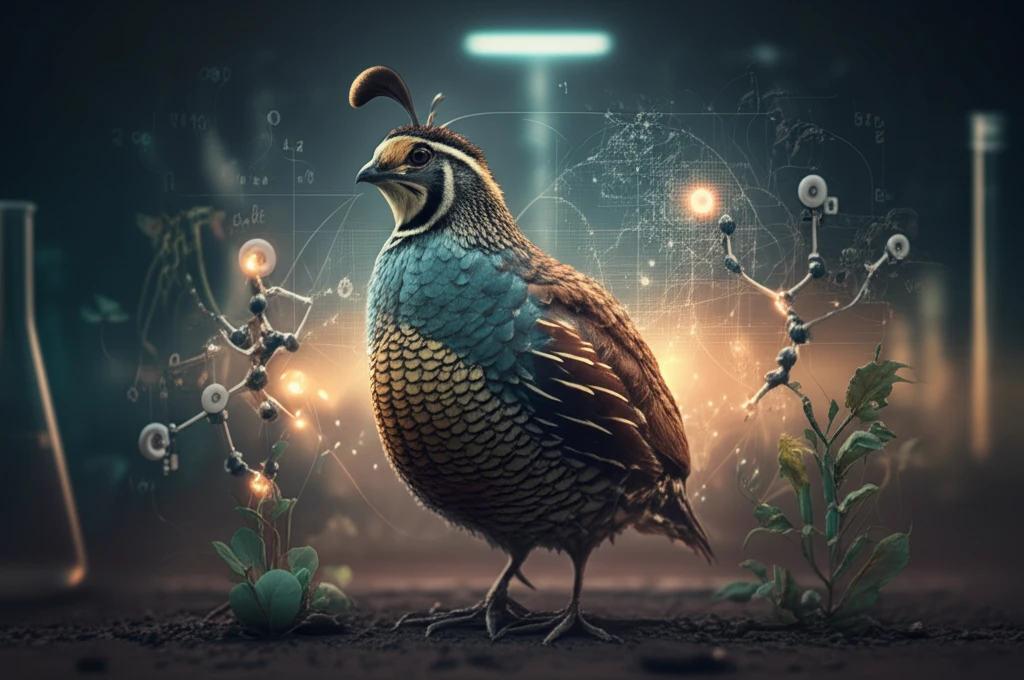
Unlock the Secret to Healthier Quails: The Power of Glycine and Glutamate
"Can strategic supplementation improve quail nutrition and reduce environmental impact?"
In the competitive world of poultry farming, producers constantly seek innovative ways to lower costs and boost productivity. Broilers, laying hens, and quails all benefit from strategies that refine their diets for optimal health and growth. One promising approach involves reducing crude protein levels while supplementing with essential amino acids, a concept widely explored in recent research.
The cornerstone of this dietary strategy is the 'ideal protein concept,' where the focus shifts from simply providing high levels of protein to ensuring the right balance of amino acids. This approach promises multiple benefits, including more efficient use of ingredients, improved amino acid profiles, reduced nitrogen and uric acid excretion, decreased heat increment, and ultimately, lower feed costs.
However, the extent to which dietary protein can be reduced remains a subject of debate. While some studies confirm that reducing protein levels by up to four percentage points doesn't harm broiler performance, others suggest that exceeding this threshold can lead to decreased performance and increased carcass fat. New research aims to understand this link between protein reduction and quail health by focusing on glycine and glutamate.
The Science Behind Glycine and Glutamate: Why These Amino Acids Matter?

Amino acids are the building blocks of protein, essential for various bodily functions. While limiting essential amino acids (those the body can't produce on its own) is a well-established strategy, the role of non-essential amino acids like glycine and glutamate is gaining attention. Here’s a breakdown of why:
- Glycine: Important for synthesizing proteins, creatine, and glutathione; helps in detoxification.
- Glutamate: Key neurotransmitter in the brain; involved in metabolism and immune function.
- Nitrogen Balance: Affecting the nitrogen excretion, both glycine and glutamate have an impact on quail health and environmental effects.
- Growth Performance: Supplementing with balanced level, these amino acids impact on overall growth.
Key Findings: What Does This Mean for Quail Farming?
The study reveals valuable insights into quail nutrition and the potential of strategic amino acid supplementation. While the addition of L-glutamate and L-glycine in quails based on the ideal protein concept is not necessary, the dietary addition of L-glycine reduces nitrogen excretion. This information paves the way for more sustainable and cost-effective quail farming practices.
